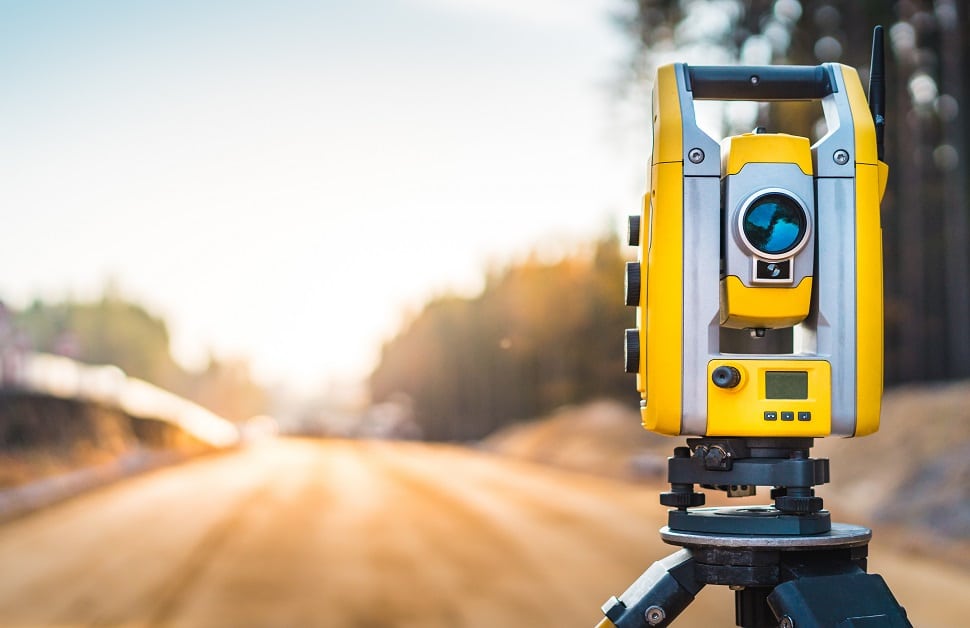Necessary Devices and Techniques in Laying Out Engineering
The discipline of establishing out design depends greatly on a suite of necessary tools and strategies that underpin the accuracy and efficiency of task execution. What ramifications does this hold for future design methods?
The Relevance of Accurate Measurements

The relevance of accurate measurements expands beyond simple conformity; they are indispensable to the general efficiency of design procedures. Mistakes can result in material waste, task delays, and raised labor costs, eventually affecting the job's lower line. Accurate measurements boost the quality of the last product, making certain that it carries out as meant and meets the expectations of stakeholders.
Furthermore, the relevance of exact measurements appears in different design techniques, consisting of civil, mechanical, and electric engineering. Each field demands a special strategy to measurement, yet the underlying requirement for accuracy remains consistent. As projects become progressively complicated, the reliance on precise measurements will just intensify, highlighting the requirement for regular innovations in dimension techniques and technologies. Therefore, promoting a society that focuses on precision is essential for the future of engineering.
Vital Tools for Laying Out
Laying out, an essential phase in the design and building process, depends heavily on details tools that make certain precise location and positioning of structures. Amongst these tools, the land surveyor's level stands out, supplying accurate straight dimensions vital for establishing referral points. This instrument enables designers to determine elevation adjustments and preserve uniformity throughout the job site.
The total station is an additional essential device, incorporating electronic distance dimension with angular dimension capabilities. This technology improves performance and accuracy in catching spatial information, permitting for effective site design and preparation.
Additionally, the use of gauging tapes and marking tools, such as chalk lines or stakes, is basic for momentarily marking limits and crucial points on the site. These basic tools, though basic, are critical for ensuring clear communication among the construction team relating to job requirements.
Last but not least, general practitioner technology has gained traction in laying out processes, supplying real-time placing information and substantially boosting precision over standard techniques. Jointly, these crucial devices create the backbone of effective laying out methods, eventually contributing to the effective implementation of design and construction projects.
Advanced Surveying Methods
Advanced checking methods play a crucial role in improving the accuracy and efficiency of design tasks. These methods include a variety of approaches that offer accurate data for layout and building and construction. Typical approaches, such as progressing and triangulation, have developed into more sophisticated approaches, consisting of Complete Station surveys and Global Navigating Satellite Equipment (GNSS)
Overall Station tools incorporate digital theodolites with distance measurement abilities, enabling property surveyors to collect precise place data with great rate. This innovation considerably lowers errors connected with hands-on dimensions and supplies real-time information processing. GNSS provides unparalleled precision for massive tasks by using satellite signals to determine specific positioning, which is necessary for ensuring and straightening structures conformity with style requirements.
Along with these tools, advanced methods additionally include geospatial analysis and 3D modeling. These methods allow designers to picture surface and website problems more efficiently, assisting in far better decision-making throughout the planning phase. By employing these innovative evaluating techniques, engineering jobs can attain better accuracy in layout, minimize rework, and ultimately improve general task success.
Digital Innovation in Engineering
The combination of digital innovation has reinvented engineering methods, improving go to the website both efficiency and accuracy across various disciplines. Tools such as Building Information Modeling (BIM) facilitate the visualization and management of intricate tasks, permitting designers to team up flawlessly and make educated choices. This modern technology makes it Our site possible for the production of thorough 3D versions, which can be examined for architectural stability and effectiveness before construction begins.

The application of man-made knowledge and equipment discovering in engineering procedures even more boosts predictive upkeep and optimization of resources. Overall, digital technology is improving the engineering landscape, driving advancement, and making sure that tasks are completed with higher efficiency and minimized risk.
Finest Practices for Implementation
When implementing electronic technology in design, it is important to establish a calculated technique that aligns with task goals and organizational abilities. An extensive analysis of existing workflows and innovation framework is important to identify gaps and chances for improvement. Involving stakeholders early in the procedure fosters collaboration and ensures that the modern technology fulfills user needs.

Task managers should take on an iterative application strategy, permitting adjustments based upon real-time feedback and performance analyses. This active approach not only minimizes threats but additionally advertises continuous her response enhancement by integrating lessons found out.
Verdict
In verdict, the assimilation of important tools and advanced techniques in setting out engineering is vital for guaranteeing precision in measurements and successful project execution. Employing tools such as land surveyor's degrees, complete terminals, and GPS innovation, together with modern-day evaluating approaches, boosts precision and minimizes the chance of mistakes. Taking on ideal techniques in execution additionally optimizes these procedures, inevitably promoting enhanced project end results in the design and building industries.
The discipline of establishing out engineering relies greatly on a collection of crucial devices and methods that underpin the accuracy and performance of task execution.Additionally, the significance of accurate dimensions is apparent in various design disciplines, consisting of civil, mechanical, and electrical engineering. By using these sophisticated surveying techniques, design tasks can attain higher precision in format, decrease rework, and inevitably improve overall job success.
In general, digital modern technology is improving the engineering landscape, driving technology, and making certain that jobs are finished with higher efficiency and lowered danger (setting out engineering).In conclusion, the assimilation of necessary tools and progressed techniques in establishing out engineering is vital for making certain precision in dimensions and successful job implementation
Comments on “Topographical Surveying: A Vital Tool for Civil Engineering and Urban Planning”